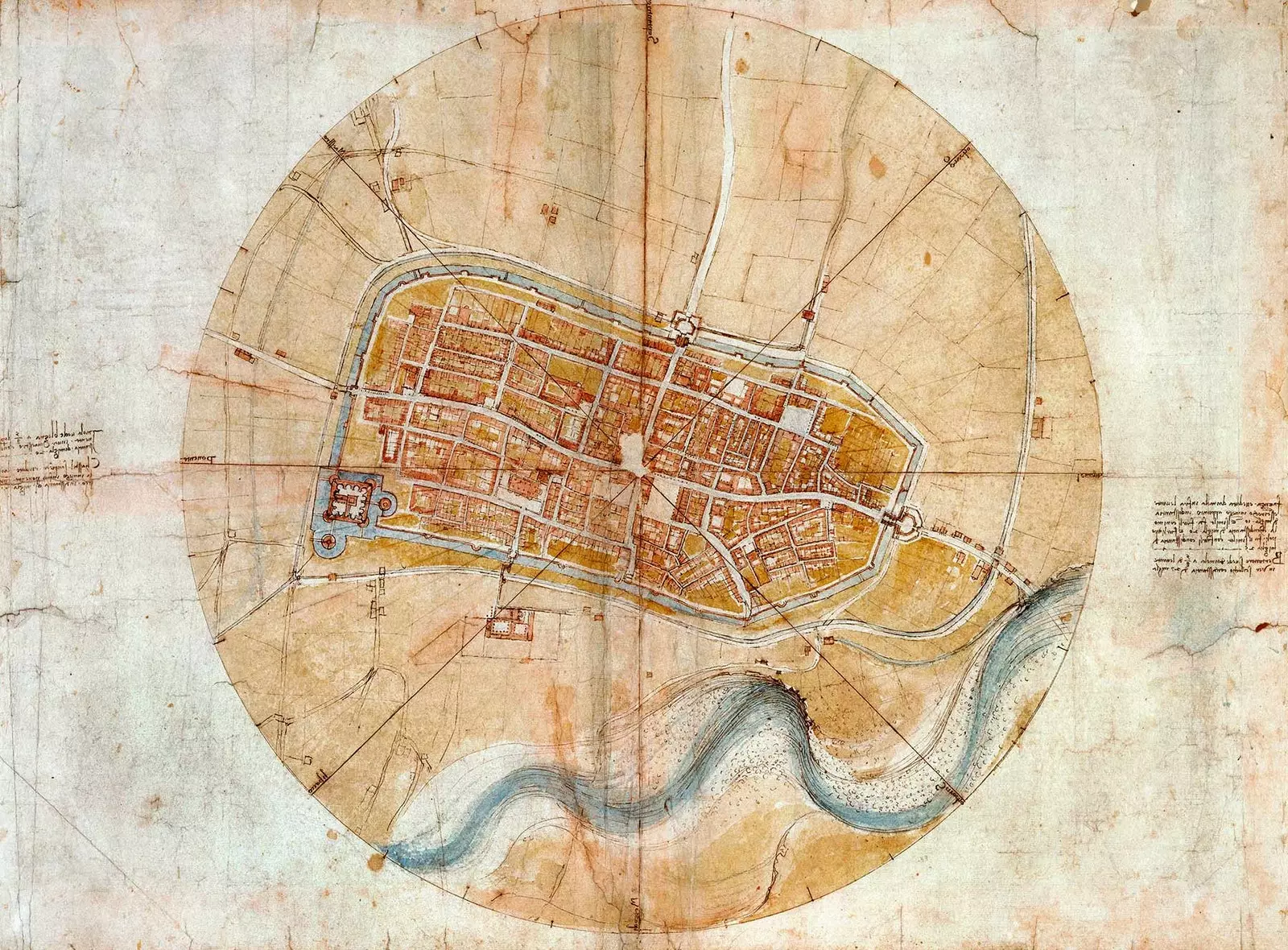
'Plan of Imola' by Leonardo da Vinci (1502)
Da Vinci, a genius who has left his mark. He may be famous for having painted a woman with one of the most disconcerting smiles in the history of art , but what is certain is that he has not left anyone indifferent.
In february 2019 , on the occasion of 500th anniversary of the death of Leonardo da Vinci, 144 of the great drawings of the Renaissance master will be presented in 12 simultaneous exposures.
Leonardo da Vinci: A Life in Drawing will take place in several cities of the United Kingdom , thanks to the collaboration of the Royal Collection . It will be the largest exhibition of the artist's work in more than 65 years.
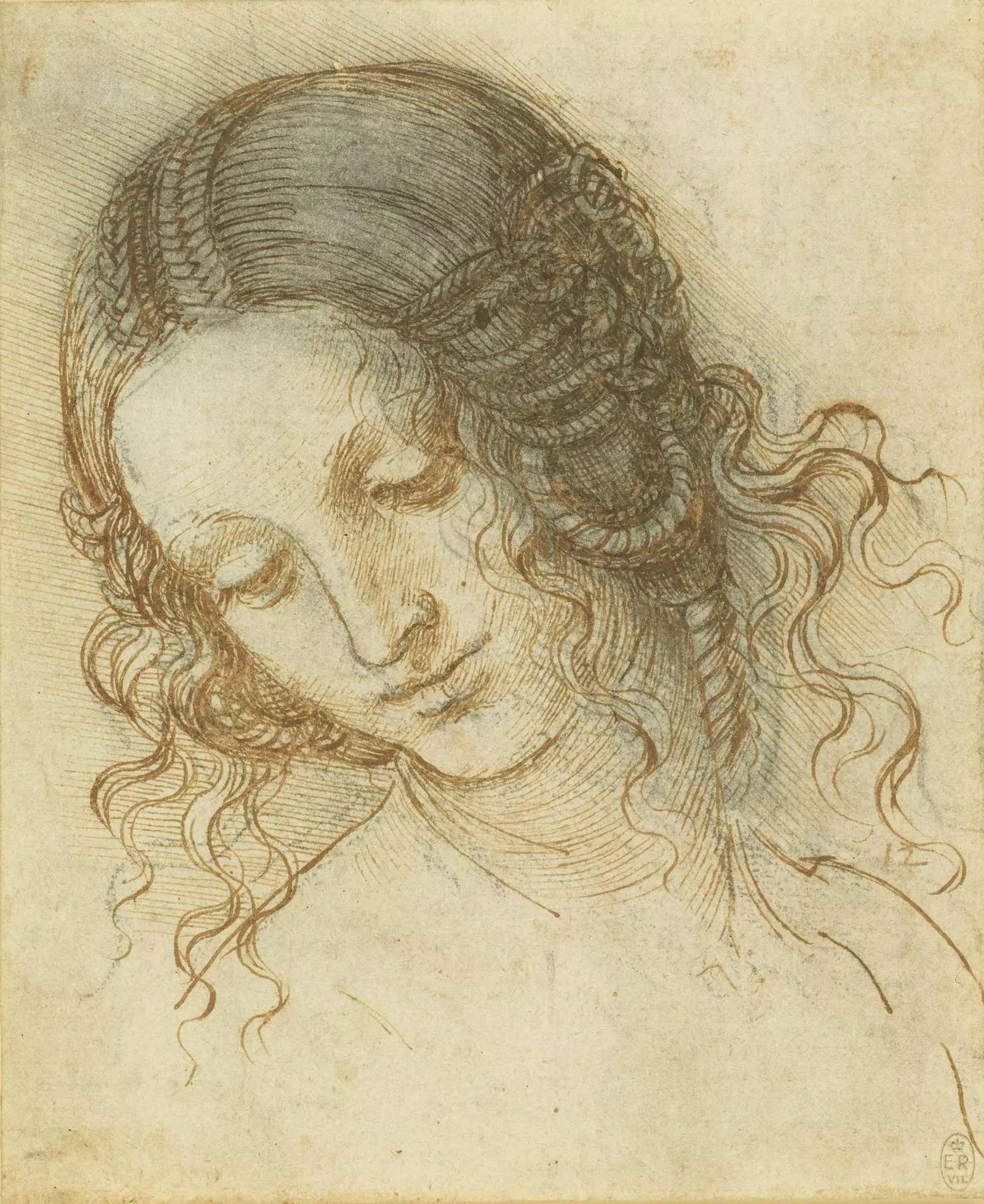
'Head of Leda' by Leonardo da Vinci (1505-8)
There was no discipline that could resist him. apart from mastering the art of the brush perfectly, too it was sculptor and architect , but unfortunately no figure or building survived.
** he was a military and civil engineer who conspired with Machiavelli to divert the Arno river **, but the plan was never executed.
What anatomist , he dissected 30 human corpses, but his groundbreaking work was never published- he also planned treatises on painting, water, mechanics, plant growth, and many other subjects , but none were finished.
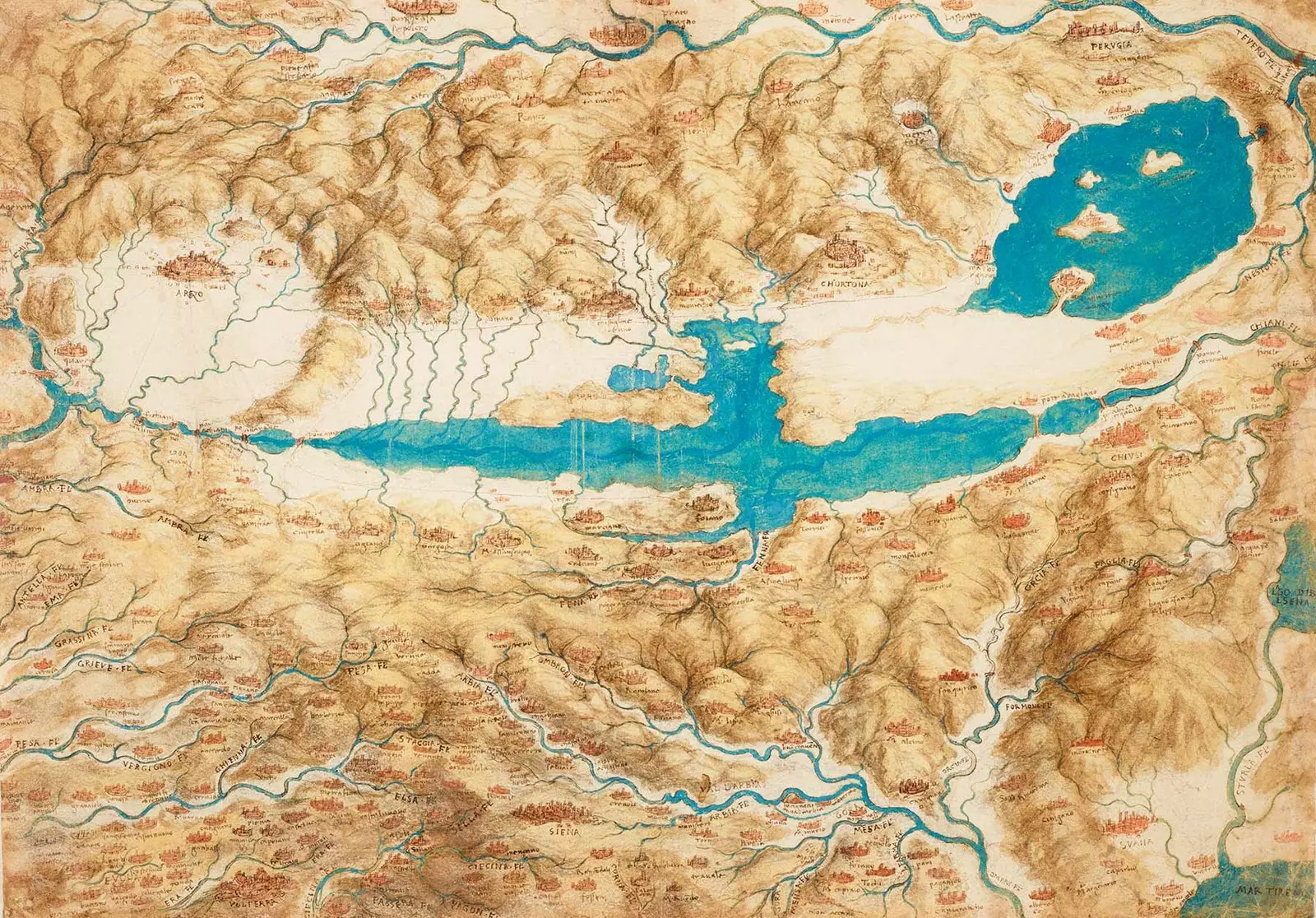
'A map of the Valdichiana' by Leonardo da Vinci (1503-4)
He was also a visionary, he developed ideas way ahead of their time , As the helicopter , the submarine or the car.
Not surprisingly, **The Mona Lisa** and The Last Supper have been copied and parodied so many times.
He also got to find out what they are the ideal proportions of the human body with the drawing of him vitruvian man . He has been the architect of authentic myths of art.
As much of his work did not materialize or was destroyed, Leonardo's greatest achievements survive only in his drawings and manuscripts. Only **about 20 works by Da Vinci are known **, and the mysteries and enigmas that accompany them are infinite.
But this 2019 , thanks to this sample , that will be exhibited in London , we will be able to immerse ourselves and discover in depth some of the unknown sketches of the painter.
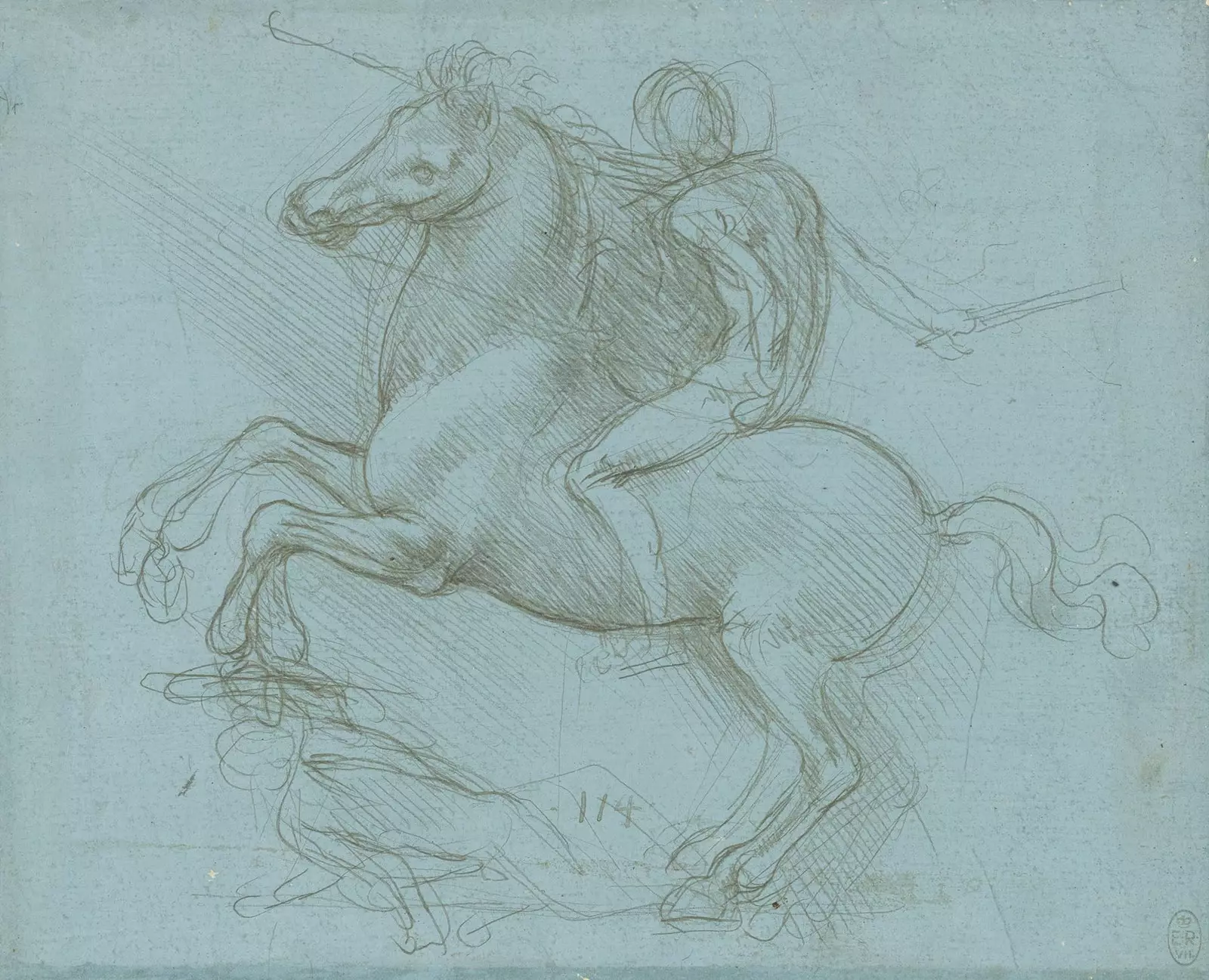
'A study for an equestrian monument' by Leonardo da Vinci (1485-8)
The event Leonardo da Vinci: A Life in Drawing , organized by the Royal Collection , will give the public the opportunity to enjoy the work of this extraordinary artist.
twelve drawings have been selected to reflect the full range of Leonardo's interests: painting, sculpture, architecture, music, anatomy, engineering, cartography, geology and botany.
Exhibits will include examples of all drawing materials employed by the painter: pen and ink, red and black chalk, watercolor, and metal point.
using non-invasive techniques ( ultraviolet light, infrared reflectography and X-ray fluorescence), the experts managed to discover what the papers , apparently in white , of DaVinci.
The findings will be brought together in the book Leonardo da Vinci: A Closer Look , which will be published by the Royal Collection Trust , in february 2019.
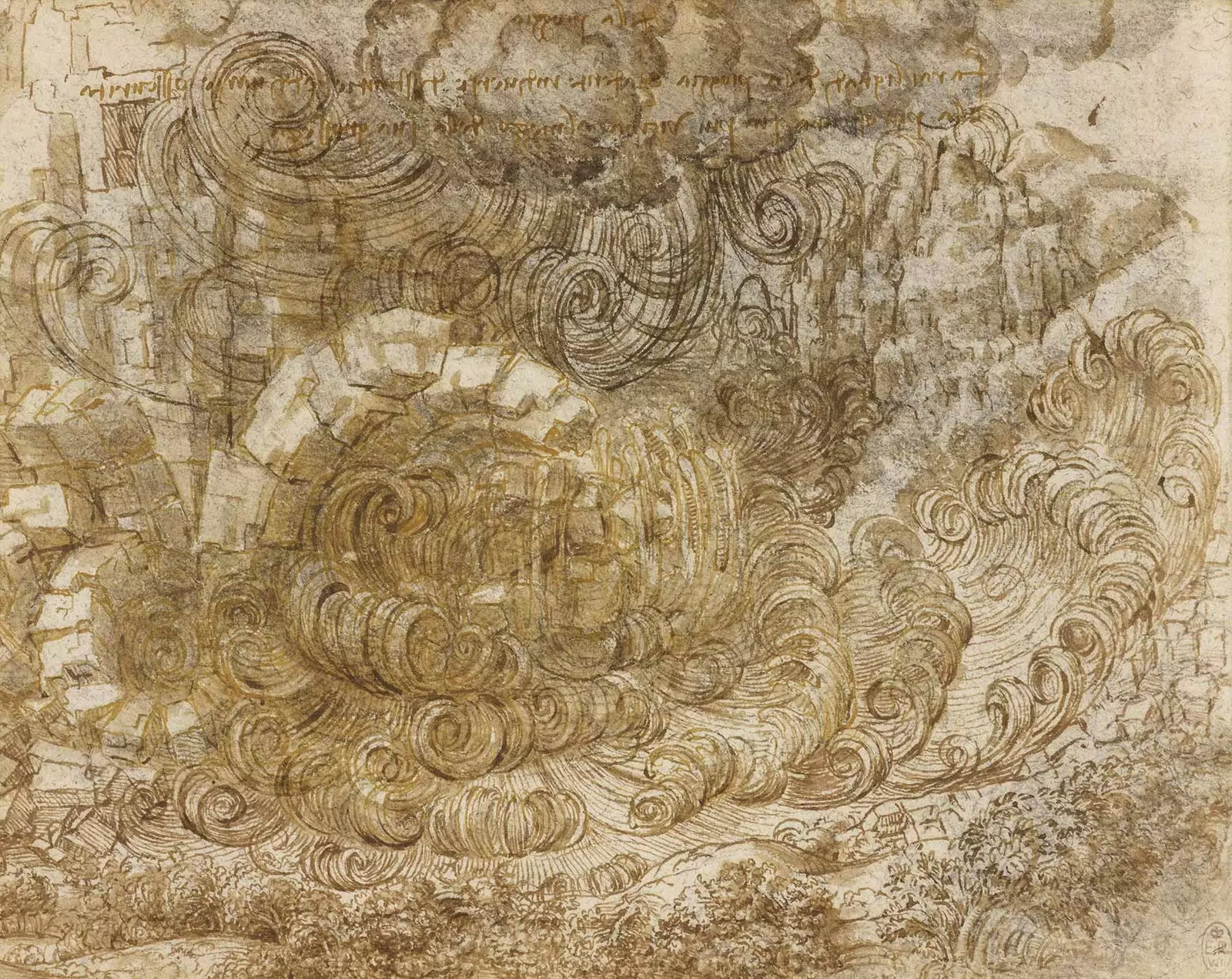
'The Deluge' by Leonardo da Vinci (1517-18)
Some of the drawings of the artist they had become invisible due to the high copper content in the pencil that he used to paint them. Copper , over time, had suffered a set of chemical reactions , becoming transparent copper salt.
After analysis, under ultraviolet light, of one of the genius's papers, it was possible to appreciate more than a dozen sketches of hands drawn by Leonardo da Vinci.
These strokes were part of the artist's preliminary study to paint the famous work The Adoration of the Magi (1481). One of the most beautiful drawings in the collection.
leonardo used ink made of oak resin and iron salts , that disappears in infrared light , allowing to see –for the first time– the black chalk that hides the drawing. The exam of The flood (1517-18) revealed that under the rain and waves of brown ink , Leonardo drew a knot of energy in black chalk , at the heart of the composition.
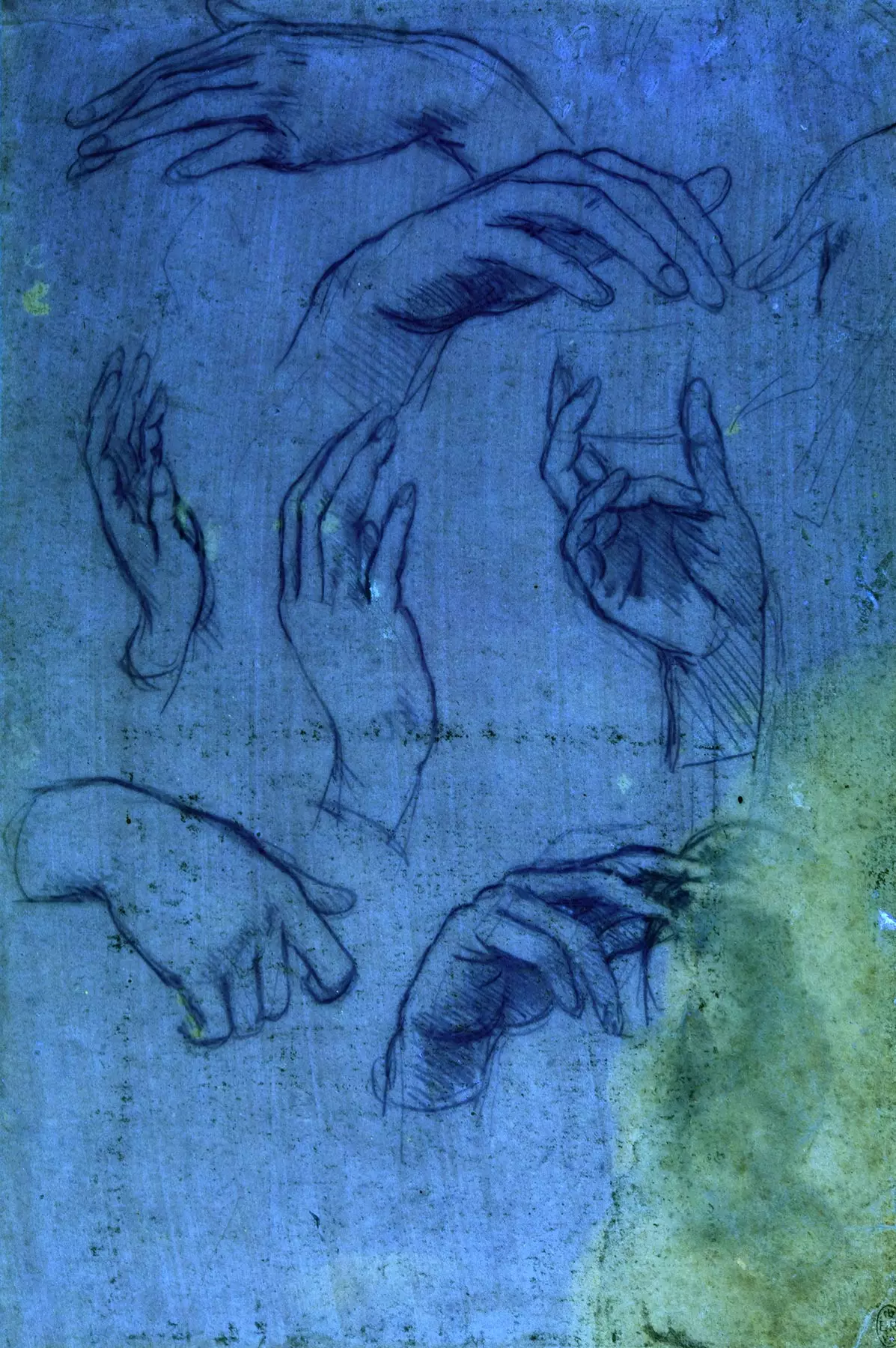
Leonardo da Vinci's 'Studies of Hands for the Adoration of the Magi' (1481)
" Leonardo da Vinci's drawings are a national treasure, stunningly beautiful, and the main source of our knowledge of the artist. We hope that as many people as possible take advantage of this unique opportunity to see these extraordinary works." says Martin Clayton, Head of Prints and Drawings at the Royal Collection Trust.
The pieces will be distributed in each of the following British cities: ** Belfast, Birmingham, Bristol, Cardiff, Glasgow, Leeds, Liverpool, Manchester, Sheffield, Southampton and Sunderland**. To which one more will be added, which will be announced soon.
After the exhibitions in the venues associated with the Royal Collection Trust , in May 2019 , the drawings will be brought together to form part of an exhibition of more than 200 pieces in The Queen's Gallery , in the Buckingham Palace (London).
In november of the same year, a selection of 80 sketches will travel to The Queen's Gallery at the Palace of Holyroodhouse (Edinburgh) . They will stay here until March 2020.
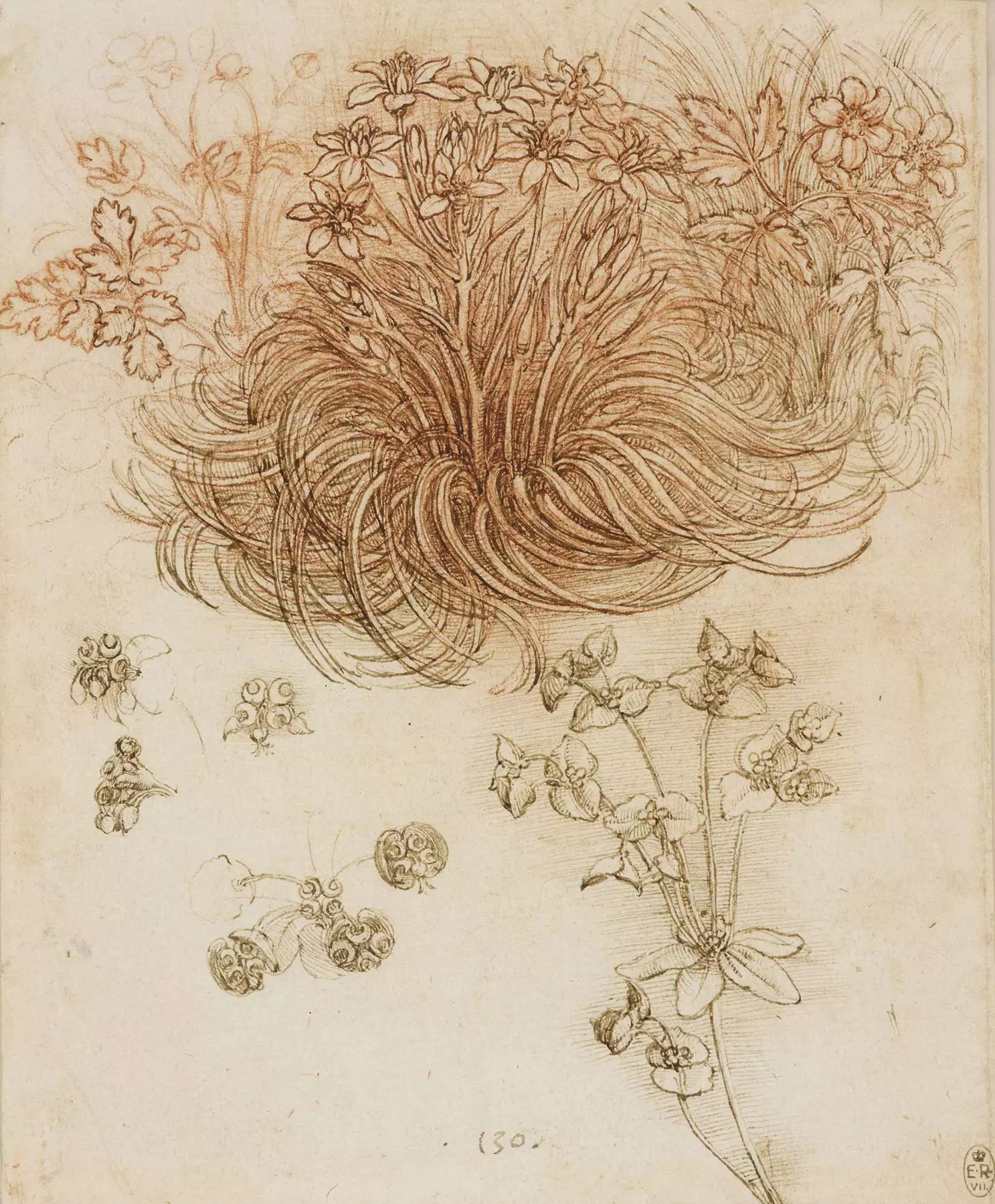
'Star of Bethlehem and other plants' by Leonardo Da Vinci (1506-12)
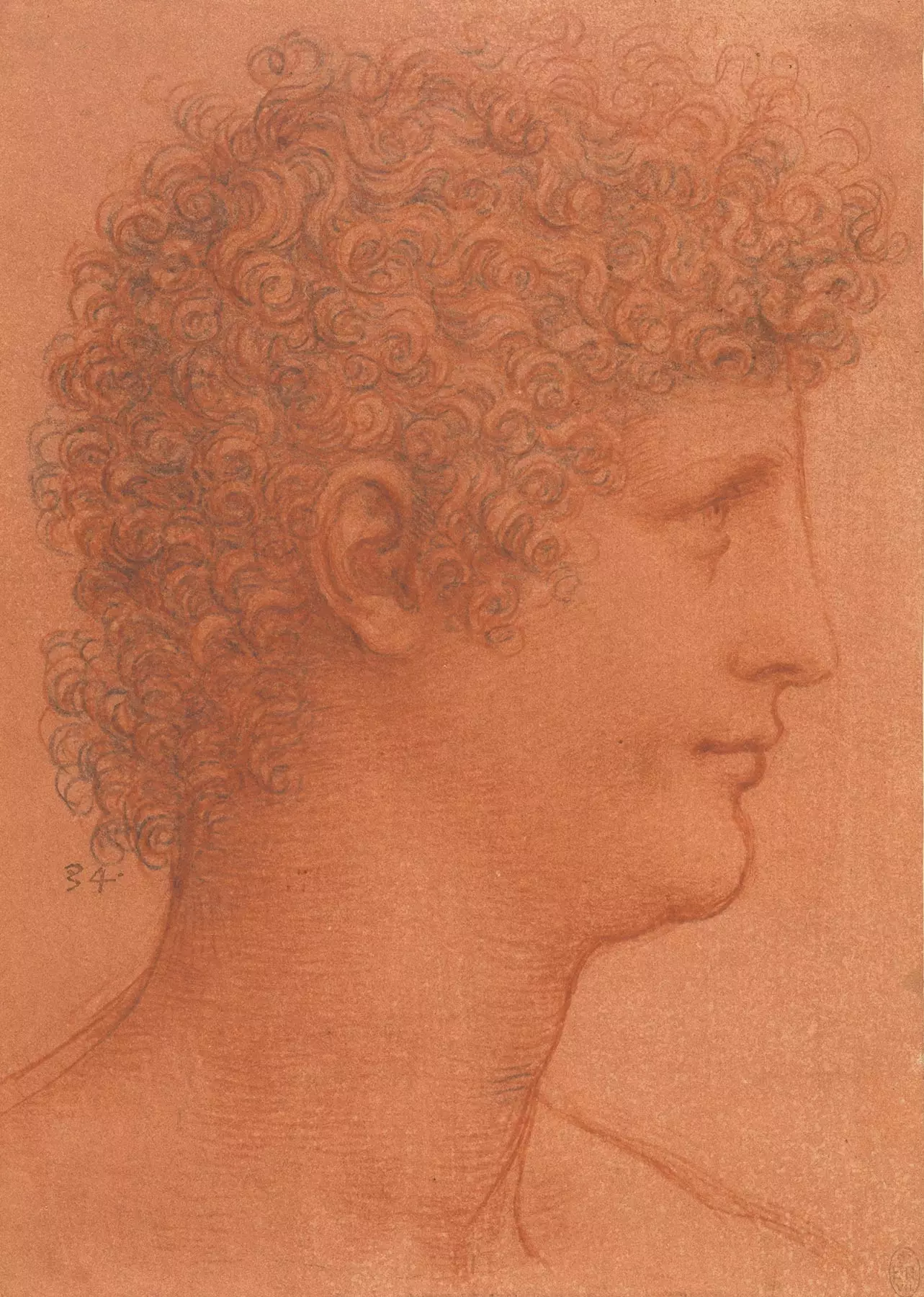
'The Head of a Youth' by Leonardo da Vinci (1510)
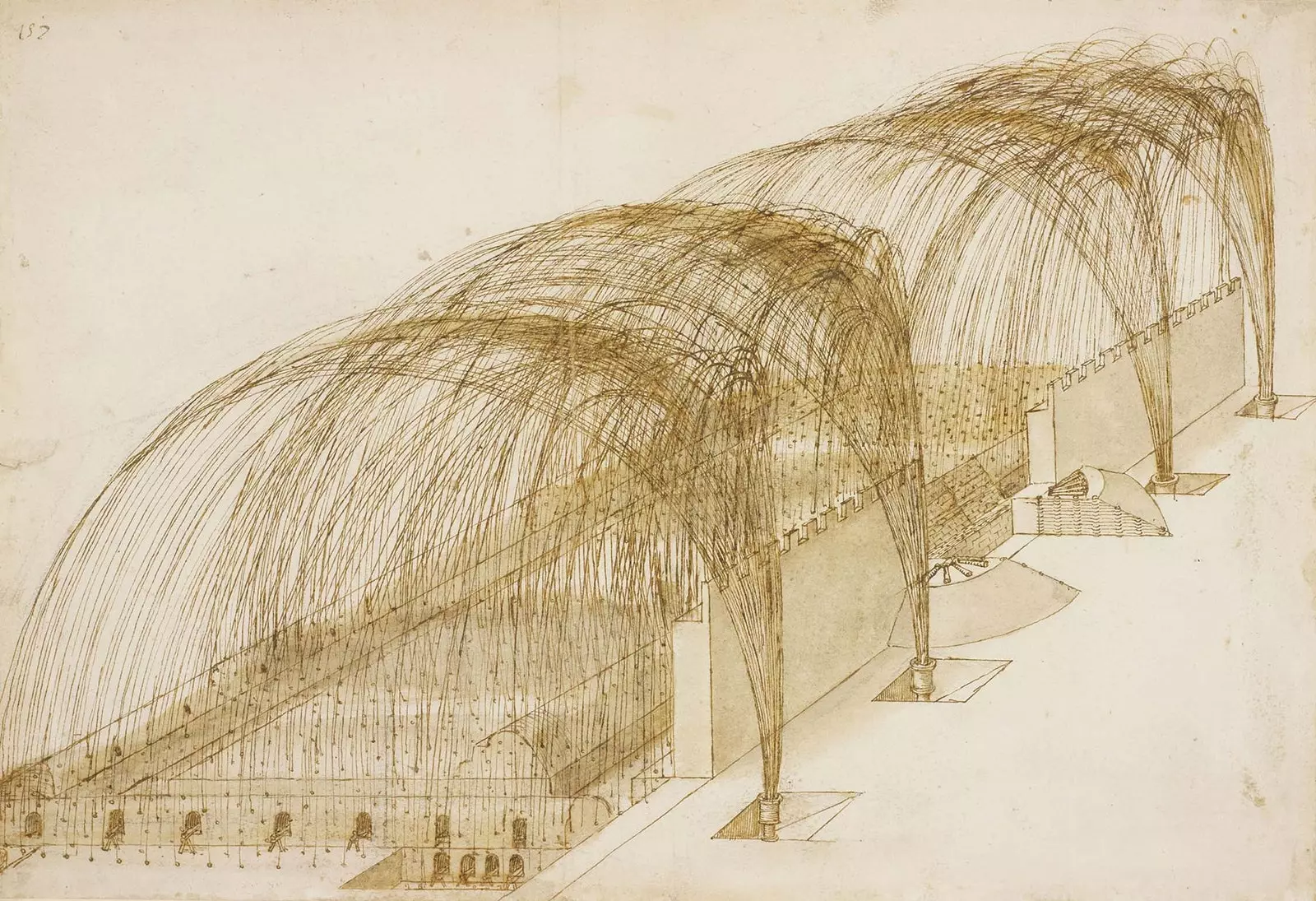
'Mortars firing at a fortress' by Leonardo da Vinci (1503-4)
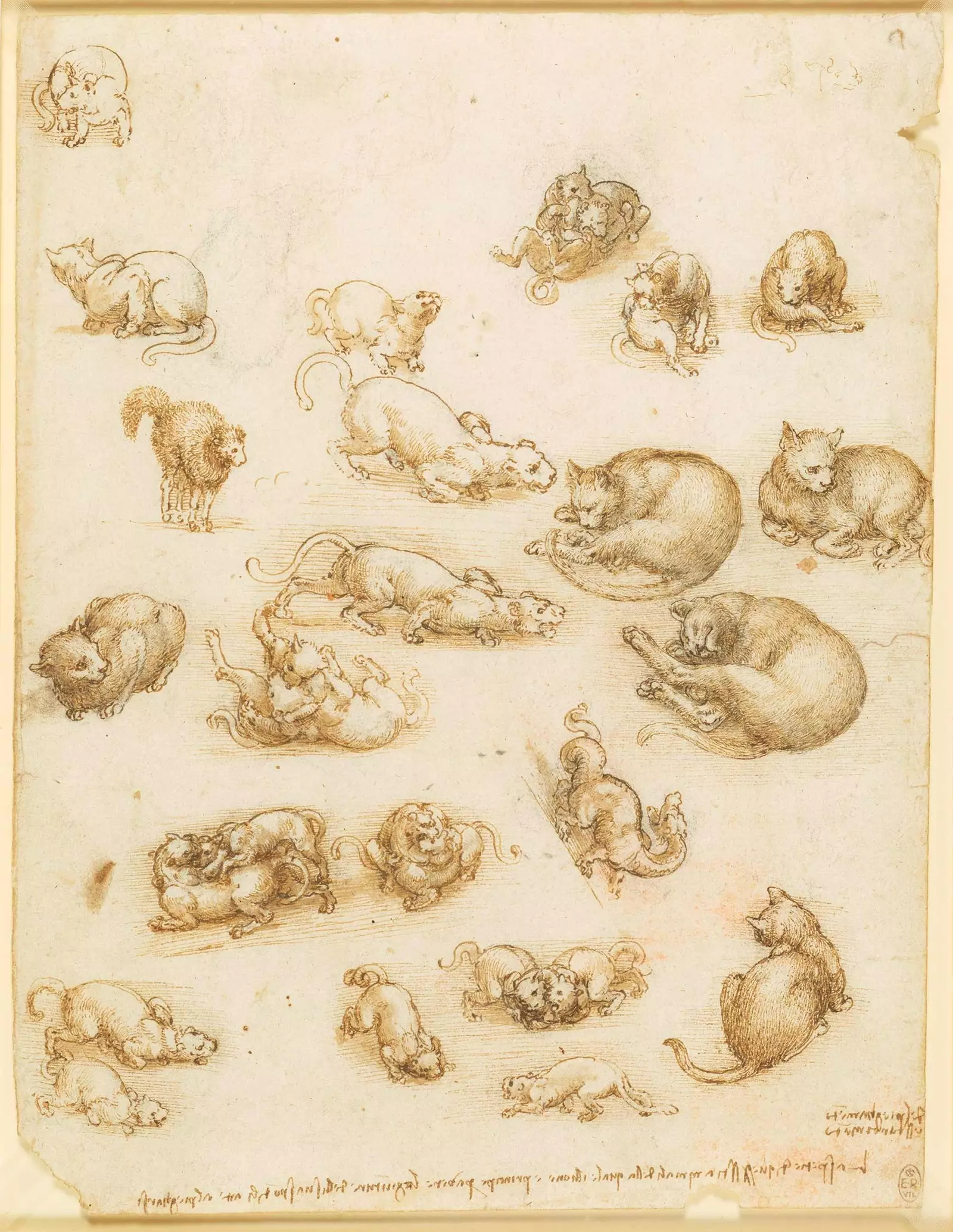
'Cats, Lions and a Dragon' by Leonardo da Vinci (1517-18)
